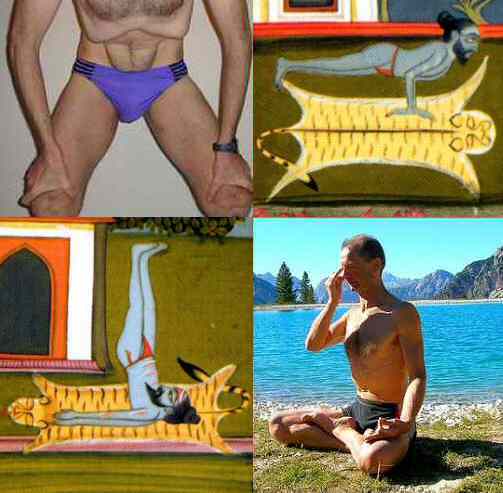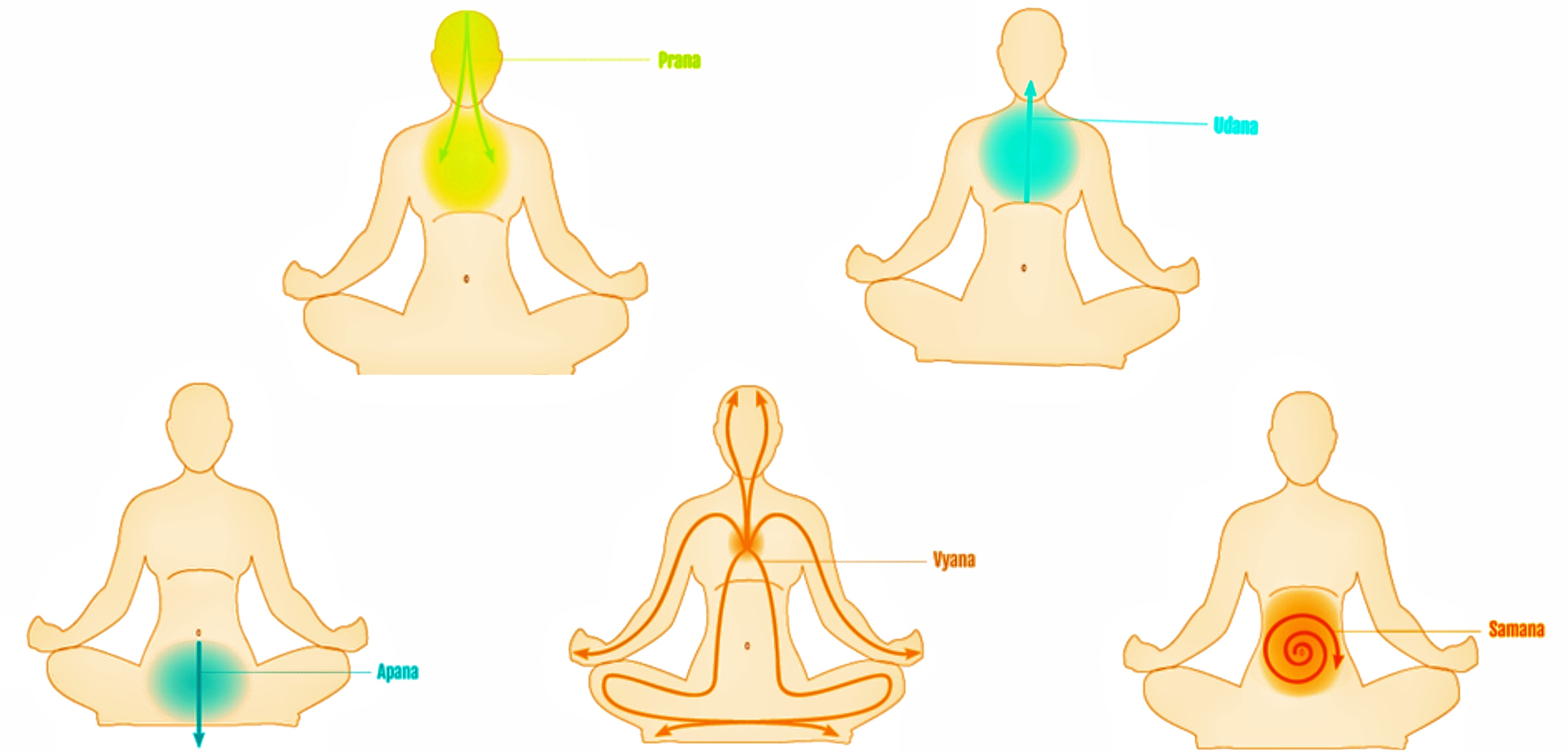|
Amritasiddhi
The ''Amṛtasiddhi'' (Sanskrit: अमृतसिद्धि, "the attainment of immortality"), written in a Buddhist environment in about the 11th century, is the earliest substantial text on what became haṭha yoga, though it does not mention the term. The work describes the role of '' bindu'' in the yogic body, and how to control it using the Mahamudra so as to achieve immortality (''Amṛta''). The implied model is that bindu is constantly lost from its store in the head, leading to death, but that it can be preserved by means of yogic practices. The text has Buddhist features, and makes use of metaphors from alchemy. A verse in a paper manuscript of the ''Amṛtasiddhi'', possibly a later copy, asserts its date as 2 March 1160. It is written in two languages, Sanskrit and Tibetan. A critical edition based on all surviving manuscripts was published in 2021 by the Indologists James Mallinson and Péter-Dániel Szántó. Context The ''Amṛtasiddhi'' is the earliest ... [...More Info...] [...Related Items...] OR: [Wikipedia] [Google] [Baidu] |
Haṭha Yoga
Hatha yoga (; Sanskrit हठयोग, International Alphabet of Sanskrit Transliteration, IAST: ''haṭhayoga'') is a branch of yoga that uses physical techniques to try to preserve and channel vital force or energy. The Sanskrit word हठ ''haṭha'' literally means "force", alluding to a system of physical techniques. Some hatha yoga style techniques can be traced back at least to the 1st-century CE, in texts such as the Hindu Itihasa, Sanskrit epics and Buddhism's Pali canon. The oldest dated text so far found to describe hatha yoga, the 11th-century ''Amritasiddhi, Amṛtasiddhi'', comes from a Tantra, tantric Buddhist milieu. The oldest texts to use the terminology of ''hatha'' are also Vajrayana Buddhist. Hindu hatha yoga texts appear from the 11th century onward. Some of the early hatha yoga texts (11th-13th c.) describe methods to raise and conserve bindu (vital force, that is, semen, and in women ''rajas –'' menstrual fluid). This was seen as the physical esse ... [...More Info...] [...Related Items...] OR: [Wikipedia] [Google] [Baidu] |
James Mallinson (author)
Sir James Mallinson, 5th Baronet, of Walthamstow (born 22 April 1970) is a British Indologist, writer and translator. He is Boden Professor of Sanskrit at the University of Oxford, and recognised as one of the world's leading experts on the history of medieval Hatha yoga. Early life Mallinson became interested in India by reading Rudyard Kipling's novel ''Kim (novel), Kim'' as a teenager; the book describes an English boy travelling India with a holy man. He was educated at Eton College and the University of Oxford, where he read Sanskrit and Old Iranian for his bachelor's degree, and studied the ethnography of South Asia for his master's degree at SOAS University of London. Mallinson is described as "perhaps the only baronet to wear dreadlocks"; he let his hair grow out from 1988 on his first visit to India during his gap year. He cut his hair in 2019 after the death of his guru, Mahant Balyogi Sri Ram Balak Das, who had initiated him into the Ramanandi Sampradaya at the Ujjai ... [...More Info...] [...Related Items...] OR: [Wikipedia] [Google] [Baidu] |
Kathmandu
Kathmandu () is the capital and largest city of Nepal, situated in the central part of the country within the Kathmandu Valley. As per the 2021 Nepal census, it has a population of 845,767 residing in 105,649 households, with approximately 4 million people in the surrounding metropolitan area. The city stands at an elevation of 4,344 feet (1,324 metres) above sea level. Recognized as one of the oldest continuously inhabited places in the world, Kathmandu's history dates back to the 2nd century AD. Historically known as the ''Nepal Mandala'', the valley has been the cultural and political hub for the Newar people, a significant Civilization, urban civilization in the Himalayas, Himalayan region. Kathmandu served as the royal capital of the Kingdom of Nepal and is home to numerous palaces, temples, and gardens reflecting its rich heritage. Since 1985, it has hosted the headquarters of the South Asian Association for Regional Cooperation (SAARC). Today, Kathmandu remains the epice ... [...More Info...] [...Related Items...] OR: [Wikipedia] [Google] [Baidu] |
Dosha
''Dosha'' (, IAST: ''doṣa'') is a central term in ayurveda originating from Sanskrit, and which refers to three categories or types of substances that are believed to be present conceptually in a person's body and mind. These Dosha are assigned specific qualities and functions. These qualities and functions are affected by external and internal stimuli received by the body. Beginning with twentieth-century ayurvedic literature, the "three-''dosha'' theory" (, ) has described how the quantities and qualities of three fundamental types of substances called wind, bile, and phlegm (, , ; , , ) fluctuate in the body according to the seasons, time of day, process of digestion, and several other factors and thereby determine changing conditions of growth, aging, health, and disease. ''Dosha''s are considered to shape the physical body according to a natural constitution established at birth, determined by the constitutions of the parents as well as the time of conception and othe ... [...More Info...] [...Related Items...] OR: [Wikipedia] [Google] [Baidu] |
Prakṛti
Prakriti ( ) is "the original or natural form or condition of anything, original or primary substance". It is a key concept in Hinduism, formulated by the '' Samkhya'' school, where it does not refer merely to matter or nature, but includes all cognitive, moral, psychological, emotional, sensorial and physical aspects of reality. ''Prakriti'' has three different innate qualities ( ''guṇas''), whose equilibrium is the basis of all empirical reality, in the form of the five panchamahabhootas (basic elements) – Akasha, Vayu, Agni, Jala, Pruthvi. ''Prakriti'' contrasts with '' Puruṣa'', which is pure awareness and metaphysical consciousness.James G. Lochtefeld (2001), The Illustrated Encyclopedia of Hinduism: A-M, Rosen Publishing, , Pages 224, 265, 520 The term is also found in the texts of other Indian religions such as Jainism and Buddhism. Etymology and meaning ''Prakriti'' (Sanskrit: प्रकृति) is an early Indic concept meaning "making or placing before or at ... [...More Info...] [...Related Items...] OR: [Wikipedia] [Google] [Baidu] |
Bandha (yoga)
A bandha () is a kriyā in Hatha Yoga, being a kind of internal Mudra (Yoga), mudra described as a "body lock," to lock the vital energy into the body. ''Bandha'' literally means bond, fetter, or "catching hold of".Iyengar, 1976: pp.435–437Iyengar, 1976: p.525 ''Maha Bandha'' Mahā Bandha ("the great lock") combines all the other three bandhas, namely: * Mula Bandha, contraction of the perineum * Uddiyana bandha, contraction of the human abdomen, abdomen into the human rib cage, rib cage * Jalandhara Bandha, tucking the chin close to the chest In Ashtanga (vinyasa) yoga#Bandhas, Ashtanga Yoga, these three Bandhas are considered to be one of the three key principles of yoga practice. ''Mula bandha'' ''Mūla bandha'' is a primary ''bandha'' in traditional yoga. The earliest textual mention of ''mūla bandha'' is in the 12th century Shaiva Natha text ''Goraksha Śataka, Gorakṣaśataka'' which defines it as a yogic technique to achieve mastery of breath and to awaken the goddes ... [...More Info...] [...Related Items...] OR: [Wikipedia] [Google] [Baidu] |
Shaivism
Shaivism (, , ) is one of the major Hindu denominations, Hindu traditions, which worships Shiva as the Para Brahman, supreme being. It is the Hinduism#Demographics, second-largest Hindu sect after Vaishnavism, constituting about 385 million Hindus, found widely across South Asia (predominantly in South India, Southern India), Sri Lanka, and Nepal.Keay, p.xxvii. The followers of Shaivism are called Shaivas or Shaivites. According to Chakravarti, Shaivism developed as an amalgam of pre-Aryan religions and traditions, Vedic Rudra, and post-Vedic traditions, accommodating local traditions and Yoga, puja and bhakti. According to Bisschop, early shaivism is rooted in the worship of vedic deity Rudra. The earliest evidence for sectarian Rudra-Shiva worship appears with the Pasupata (early CE), possibly owing to the Origins of Hinduism, Hindu synthesis, when many local traditions were aligned with the Brahmanism, Vedic-Brahmanical fold. The Pāśupata movement rapidly expanded through ... [...More Info...] [...Related Items...] OR: [Wikipedia] [Google] [Baidu] |
Sadashiva
Sadasiva (, ), is the Supreme Being in the Shaiva Siddhanta tradition of Hinduism. Sadasiva is the omnipotent, subtle, luminous absolute, the highest manifestation of Shiva. Sadasiva is believed to bestow ''anugraha'' and ''vilaya'', or grace and obscuration of pasha, which are the fourth and fifth of the ''Panchakritya'', or the "five holy acts" of Shiva. Sadasiva is usually depicted having five faces and ten hands, and is considered one of the ''25 forms'' of Shiva. Shiva Agamas conclude that the lingam, especially the mukhalingam, is another form of Sadasiva. Representation The concept and form of Sadasiva initially emerged from South India, although many ancient sculptures of Sadasiva were obtained from various parts of India and South East Asia. It is believed that the cult of Sadasiva was widespread in the region of Bengal during the period of Sena dynasty who traced their origin in South India. Sadasiva is usually represented in the form of a Mukhalinga with the number ... [...More Info...] [...Related Items...] OR: [Wikipedia] [Google] [Baidu] |
Prana
In yoga, Ayurveda, and Indian martial arts, prana (, ; the Sanskrit word for breath, " life force", or "vital principle") permeates reality on all levels including inanimate objects. In Hindu literature, prāṇa is sometimes described as originating from the Sun and connecting the elements. Five types of prāṇa, collectively known as the five '' vāyus'' ("winds"), are described in Hindu texts. Ayurveda, tantra and Tibetan medicine all describe ''prāṇa vāyu'' as the basic vāyu from which the other vāyus arise. Prana is divided into ten main functions: The five Pranas – Prana, Apana, Udana, Vyana and Samana – and the five Upa-Pranas – Naga, Kurma, Devadatta, Krikala and Dhananjaya. Pranayama, one of the eight limbs of yoga, is intended to expand conscious awareness of prana. Etymology V.S. Apte provides fourteen different meanings for the Sanskrit word ' () including breath or respiration; the breath of life, vital air, principle of life (usually plural ... [...More Info...] [...Related Items...] OR: [Wikipedia] [Google] [Baidu] |
Yoga
Yoga (UK: , US: ; 'yoga' ; ) is a group of physical, mental, and spiritual practices or disciplines that originated with its own philosophy in ancient India, aimed at controlling body and mind to attain various salvation goals, as practiced in the Hindu, Jain, and Buddhist Buddhism, also known as Buddhadharma and Dharmavinaya, is an Indian religion and List of philosophies, philosophical tradition based on Pre-sectarian Buddhism, teachings attributed to the Buddha, a wandering teacher who lived in the 6th or ... traditions. Yoga may have pre-Vedic period, Vedic origins, but is first attested in the early first millennium BCE. It developed as various traditions in the eastern Ganges basin drew from a common body of practices, including Vedas, Vedic elements. Yoga-like practices are mentioned in the ''Rigveda'' and a number of early Upanishads, but systematic yoga concepts emerge during the fifth and sixth centuries BCE in ancient India's sannyasa, ascetic and ... [...More Info...] [...Related Items...] OR: [Wikipedia] [Google] [Baidu] |
Subtle Body
A subtle body is a "quasi material" aspect of the human body, being neither solely physical nor solely spiritual, according to various Western esotericism, esoteric, occultism, occult, and mysticism, mystical teachings. This contrasts with the mind–body dualism that has dominated Western thought. The subtle body is important in the Taoism of China and Indian religions, Dharmic religions such as Hinduism, Buddhism, and Jainism, mainly in the branches that focus on tantra and yoga, where it is known as the ''Sūkṣma-śarīra'' (). However, while mostly associated with Asian cultures, non-dualistic approaches to the mind and body are found in many parts of the world. Subtle body concepts and practices can be identified as early as 2nd century BCE in Taoist texts found in the Mawangdui tombs. It was "evidently present" in Indian thought as early as the 4th to 1st century BCE when the Taittiriya Upanishad described the Panchakoshas, a series of five interpenetrating sheaths of ... [...More Info...] [...Related Items...] OR: [Wikipedia] [Google] [Baidu] |






